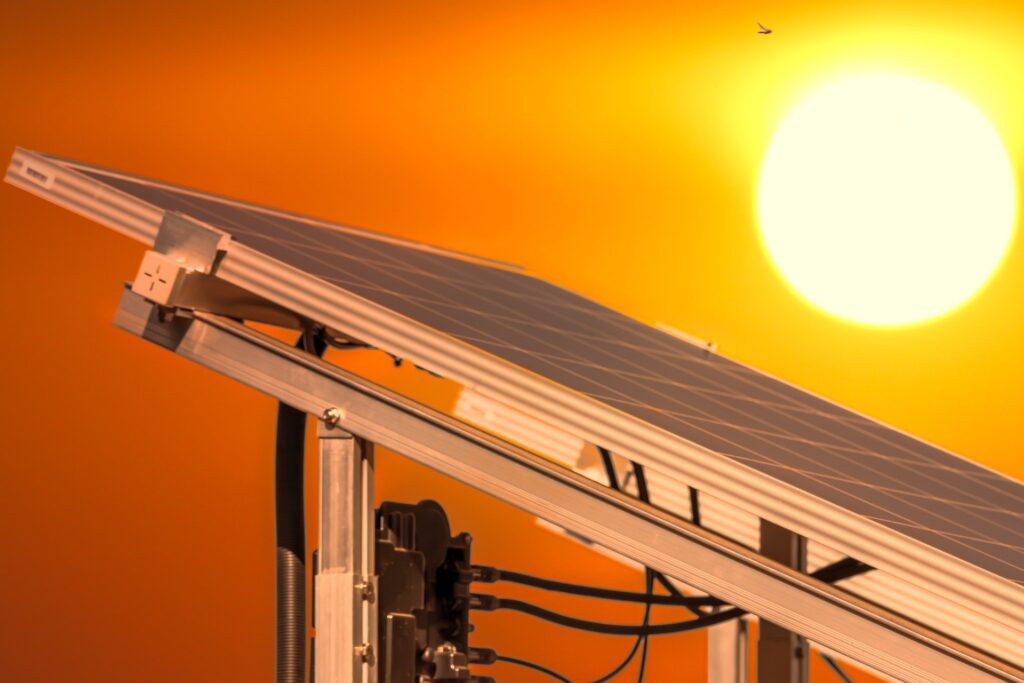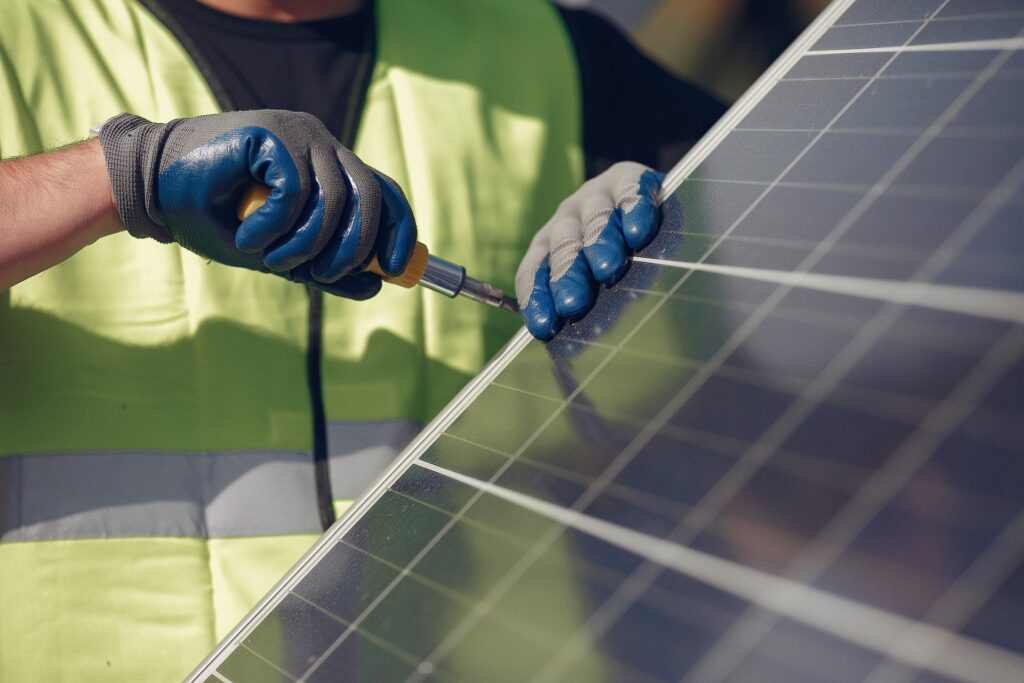
Comprehensive Overview of the Solar Tax Credit
Key Takeaways
Government Incentive: The U.S. government provides a solar tax credit, officially known as the Residential Clean Energy Tax Credit, enabling homeowners to recoup up to 30% of the costs associated with installing solar power systems. This incentive is designed to promote renewable energy adoption and reduce reliance on fossil fuels.
Eligibility for Diverse Projects: In addition to solar panel installations, the residential clean energy credit covers various renewable energy projects, including solar water heating systems, small wind energy systems, and geothermal heat pumps. Each of these projects must adhere to specific guidelines set forth by the IRS.
Claim Process: To claim this valuable tax credit, individuals must complete IRS Form 5695 when filing their annual tax returns. This form helps homeowners document their solar investments and compute the credit amount they are eligible to receive.
Combining Incentives: Homeowners can claim the solar tax credit alongside other clean energy incentives for the same project. However, it’s important to note that receiving additional financial assistance may lower the total amount of the federal credit.
Understanding the Solar Tax Credit
The solar tax credit is an essential component of the U.S. government’s initiative to encourage renewable energy investments. It allows taxpayers to claim a percentage of their solar installation costs as a direct reduction of their tax liability. Eligible expenses typically include equipment costs, installation, and even some associated labor expenses. However, any structural modifications made solely to support the solar panels do not qualify for this tax credit.
From 2017 to 2034, homeowners who install qualifying systems can benefit from this credit. This period allows for a significant range of installations to be completed, catering to the growing interest in solar energy solutions.
Nerdy Tip: This tax credit is classified as an investment tax credit (ITC), which is a federal incentive aimed at encouraging investment in clean energy technologies. The ITC was extended through 2034 as part of the Inflation Reduction Act signed by President Biden in 2022, highlighting the government’s commitment to advancing renewable energy sources.
Solar Tax Credit for 2024
The solar tax credit for 2024 allows filers to claim a credit of up to 30% of eligible costs. This is particularly advantageous for homeowners looking to offset significant expenses related to their solar installations. Notably, there are no income limits to qualify for this credit, meaning that homeowners from all income brackets can benefit. The credit remains at 30% through 2032, then gradually decreases to 26% in 2033 and 22% in 2034.
- Projected Tax Savings: According to the U.S. Department of Energy, average tax savings on a solar installation can reach $7,500. The specific savings will depend on the total cost of the system and the installation date.
How the Solar Tax Credit Works
The solar tax credit works by allowing you to reduce your tax bill by a percentage of the costs incurred during your solar installation. The IRS has set forth guidelines indicating the percentage of the installation cost that can be claimed, varying by the year the system was activated:
| Year | Credit Amount |
|---|---|
| 2017-2019 | 30% |
| 2020-2021 | 26% |
| 2022-2032 | 30% |
| 2033 | 26% |
| 2034 | 22% |
Nonrefundable Nature of the Credit
It is crucial to understand that the solar tax credit is nonrefundable. This means that while it can significantly reduce your tax bill, it cannot create a refund. If your tax liability is reduced below zero, the IRS will not issue a refund for the difference. However, you can carry forward any unused portion of your tax credit to future tax years, allowing you to benefit from the credit even if your tax liability is lower in the current year.
The solar tax credit offers significant advantages over tax deductions. Unlike deductions, which only reduce taxable income and may require itemization, credits directly reduce the amount of tax owed, resulting in potentially larger savings.
Qualification Requirements for the Solar Tax Credit
To qualify for the solar tax credit, homeowners must meet several criteria:
Project Location: The solar installation must be located in a U.S. home where you resided during the tax year. This includes a range of properties, such as houses, mobile homes, condos, and even cooperative apartments.
Ownership: The homeowner must own the solar system. Costs associated with leased systems are not eligible for the credit.
Installation Date: The solar project must have been placed in service in 2017 or later. Installations completed before this date do not qualify for the tax credit.
Covered Costs: While many installation costs are eligible, not every expense qualifies. Structural modifications solely for supporting the solar panels are excluded from coverage.
Other Eligible Renewable Energy Projects
The residential clean energy credit encompasses a variety of renewable energy projects, providing homeowners with multiple options for sustainability. Eligible projects include:
- Solar Electric Systems: Photovoltaic (PV) systems that convert sunlight into electricity.
- Solar Water Heaters: Systems designed to heat water for residential use.
- Small Wind Energy Systems: Wind turbines that produce electricity for home use.
- Biomass Fuel Systems: Renewable energy systems that utilize organic materials for power generation.
- Fuel Cells: Systems that convert chemical energy into electricity.
- Geothermal Heat Pumps: Technologies that use the earth’s natural heat for heating and cooling purposes.
Claiming the Solar Tax Credit
To claim the solar tax credit, homeowners must complete IRS Form 5695 when filing their taxes. This form requires details about your solar installation, including:
- Cost Information: Total costs associated with the solar project.
- Certification from Equipment Manufacturers: Documentation verifying that the products qualify for the tax credit.
Nerdy Tip: In addition to the solar tax credit, Form 5695 can also be used to claim tax credits for other energy-efficient home improvements, such as new windows and insulation.
Compatibility with Other Incentives
Homeowners can claim the solar tax credit while also receiving state-level incentives for their renewable energy projects. However, it’s essential to be aware that any additional incentives might reduce the overall cost considered for tax purposes, which could lead to a smaller federal tax credit.
For a comprehensive understanding of available state-level solar incentives, resources like NC State University’s NC Clean Energy Technology Center provide valuable directories and information.
Conclusion
The solar tax credit is a powerful financial tool for homeowners seeking to invest in renewable energy solutions. By understanding its requirements, benefits, and the process of claiming it, homeowners can effectively leverage this incentive to offset the costs of solar installations, contributing to a more sustainable future. As renewable energy technologies continue to advance, programs like the solar tax credit will play a pivotal role in driving adoption and promoting energy independence across the nation.
ARE YOU ALREADY IN THE PROCESS OF RESEARCH INTO YOUR SOLAR INSTALLATION?
WE HAVE YOU COVERED WITH FINANCE OPTIONS, THE BEST QUALITY SOLAR SYSTEMS AND TOP SUPPORT.
Take advantage of a government-sponsored rebate plan that has been available for over a decade! The Solar Tax Credit allows you to save significantly on your solar installation costs. Our Solar pro experts are here to guide you through the process and maximize your savings!


